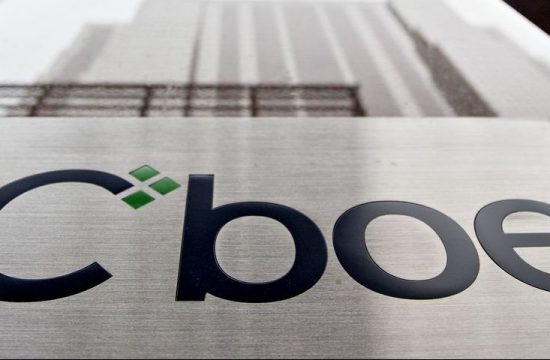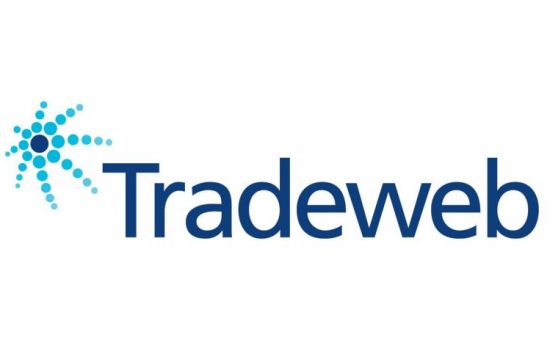 The sell-side is in a “survival of the fittest” race for the top spot in buy-side clients’ algo wheels, according to a recent report published by TABB Group. The paper, authored by NY-based senior equity analyst Michael Mollemans, says the sell-side’s artificial intelligence (AI) equity algorithm ecosystem has expanded after years of development work to a point where significant AI-attributable excess returns have finally begun to be realized in the past two years.
The sell-side is in a “survival of the fittest” race for the top spot in buy-side clients’ algo wheels, according to a recent report published by TABB Group. The paper, authored by NY-based senior equity analyst Michael Mollemans, says the sell-side’s artificial intelligence (AI) equity algorithm ecosystem has expanded after years of development work to a point where significant AI-attributable excess returns have finally begun to be realized in the past two years.
The report, named “AI in Sell-Side Equity Algorithms: Survival of the Fittest”, found that as automated performance measurement applications like algo wheels are driving broker selection decisions, competition to build better, faster, smarter algorithms has become a war of attrition.
“Now more than ever, not keeping up means you’re going backwards, which is why we believe consolidation in the algorithmic trading space will continue, just as the sell-side overall continues to consolidate”, said Michael Mollemans, who believes that only a few banks will dominate the global algorithmic trading space in the next five years. “The most significant challenge is the changing science of AI and the growing investment needed to transition from traditional algos to AI. Some of these AI-based techniques, like t-SNE, were not even in existence 10 years ago. In fact, 41% of sell-side firms interviewed launched their client-based AI algos only last year.”
TABB Group interviewed 50 AI algorithm experts from the buy-side, sell-side, and fintech vendors and produced AI algo ecosystem case studies on U.S., European, and Asian banks. Among the 50 AI experts interviewed, 50% are on the sell-side, 36% buy-side and 14%. Forty percent of the sell-side AI specialists are from American banks, 32% European banks and 28% Asian banks. All of the sell-side experts are with large- and mid-size banks, as smaller firms are not yet offering AI-driven algos.
A research study conducted by TABB Group last year found that 79 percent of firms are using conditional orders to source liquidity for their clients. The trend is expected to accelerate further as more than 30 percent of these traders plan to increase usage in 2020. Advanced algorithmic interaction between liquidity-seeking broker algos and Alternative Trading Systems (ATS) has given rise to conditional orders, which are routed in two variants: simultaneous
venue routing and sequential venue routing.
The research study found that venues are increasingly looking to use conditional orders with a volume-weighted average price (VWAP) execution algorithms, which result in smaller conditional print sizes. Conditional orders started out as mechanisms to trade blocks and are now becoming a trend in non-block size trading (100-1,000 shares) among more sophisticated portfolio managers who use liquidity-seeking algorithms for moving considerable size. These type of orders have pivoted to be the de facto method for aggregating liquidity in a decentralized marketplace.












